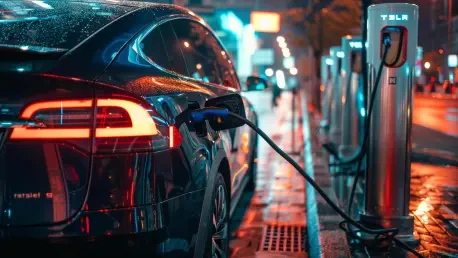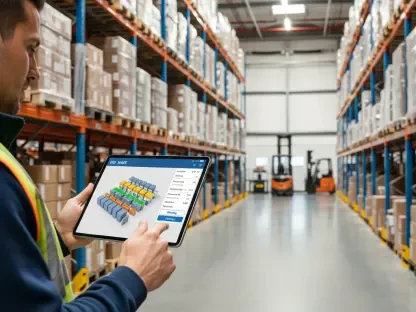As the global push toward sustainable transport accelerates, electric vehicles (EVs) are rising as a pivotal component in this transition. The trend is marked by an increasing consumer preference for larger EV models like SUVs and trucks, compelling both manufacturers and policymakers to reevaluate the role of existing road infrastructure. The industry faces a critical challenge: Can our current infrastructure support the growing weight of these more massive electric vehicles? Advancements in battery technology have provided better vehicle performance but at the cost of increased vehicle mass, posing unique challenges for road surfaces, bridges, and safety barriers. This report explores how the industry navigates these challenges, the need for regulations, and potential infrastructure adaptations.
Industry Overview
Electric vehicles are revolutionizing the transportation industry, symbolizing significant progress toward eco-friendly travel. Their market presence signifies an ongoing shift in consumer outlook and technological innovation. Yet, the burgeoning prevalence of EVs, especially heavier models, imposes new stressors on road infrastructure, demanding technology-driven solutions and innovative engineering. Unquestionably, regulations play a decisive role in guiding infrastructure transformations, ensuring that updates align with safety standards while fostering industry growth. The balance between sustainable development and regulatory compliance becomes increasingly important as larger EVs demand more robust infrastructure solutions.
Trends and Market Dynamics
Emerging Trends in EV Infrastructure
The drive for larger EV models reflects shifting consumer preferences and advancements in technology. As battery technology evolves, vehicles can cover longer distances but at increased weight, a factor that infrastructure must account for. Enthusiasm for electric SUVs and trucks underscores the industry’s move toward greater vehicle mass, initiating significant debates among manufacturers and policymakers alike. Viable strategies include rethinking design parameters and vehicle compatibility with existing infrastructure, catalyzed by technological progress and consumer demand.
Market Statistics and Growth Projections
Markets worldwide are witnessing significant growth in EV adoption, with prevalent support for larger models. Recent data suggests a robust rise in EV sales, indicating market readiness to embrace this technological transition. Forecasts illustrate sustained growth, likely demanding infrastructure enhancements to avert road degradation and ensure continued safety. As infrastructure evolves, projections hint at increased investment aimed at sustaining compatibility with transport shifts, driven by the expanding footprint of heavier electric vehicles.
Challenges and Solutions
Heavier EVs exert considerable pressure on road surfaces, bridges, and parking facilities, necessitating thoughtful innovation and adaptation. Elements like traditional asphalt are proving insufficient against the demands of increased weight, positioning high-strength concrete as a preferable alternative to mitigate infrastructure stress. Notably, engineering solutions focus on critical areas needing reinforcement, including older bridges and parking structures that may not handle the added load without structural upgrades. Strategies informed by policy support advocate ample investment directed at transformative infrastructural improvements.
Regulatory Considerations
Regulations significantly affect EV infrastructure development, ensuring compliance with safety protocols and industry standards. Authorities have proposed various measures to address infrastructure’s limitations concerning EV mass. Compliance with these regulations necessitates precise investment in fortifications and ample security measures, keeping safety paramount. Beyond directly influencing industry practices, these regulatory standards shape infrastructural investment priorities, driving how manufacturers and policymakers forge updated paths for infrastructure adaptation.
Future Directions
Technological innovations show promise for enhancing infrastructure resilience, focusing on sustainability and effectiveness. Current discourse points to potential market disruptors, aligning with shifting consumer preferences, as areas ripe for growth. International collaboration emerges as a strategic vehicle to foster infrastructure evolution gains, promoting shared learnings and heightened investment in research and development. Future growth hinges on adaptive capabilities, exploring varied avenues for infrastructural innovation to effectively underpin heavier EV success.
Conclusion and Recommendations
The findings indicate the immediate necessity for infrastructural reinforcement to support heavier electric vehicles, emphasizing the role of high-strength concrete and policy advancements. Recommendations for policymakers and stakeholders advocate for concentrated investments aimed at upgrading infrastructure, encompassing roads, bridges, and parking structures responsive to increased weight demands. Essential next steps include holistic strategies that harmonize sustainable growth and continuous innovation, opening avenues for global cooperation in infrastructure modernization. Although challenges exist, the potential for transformation is vast, requiring thoughtful engagements that balance technological, environmental, and economic considerations.









